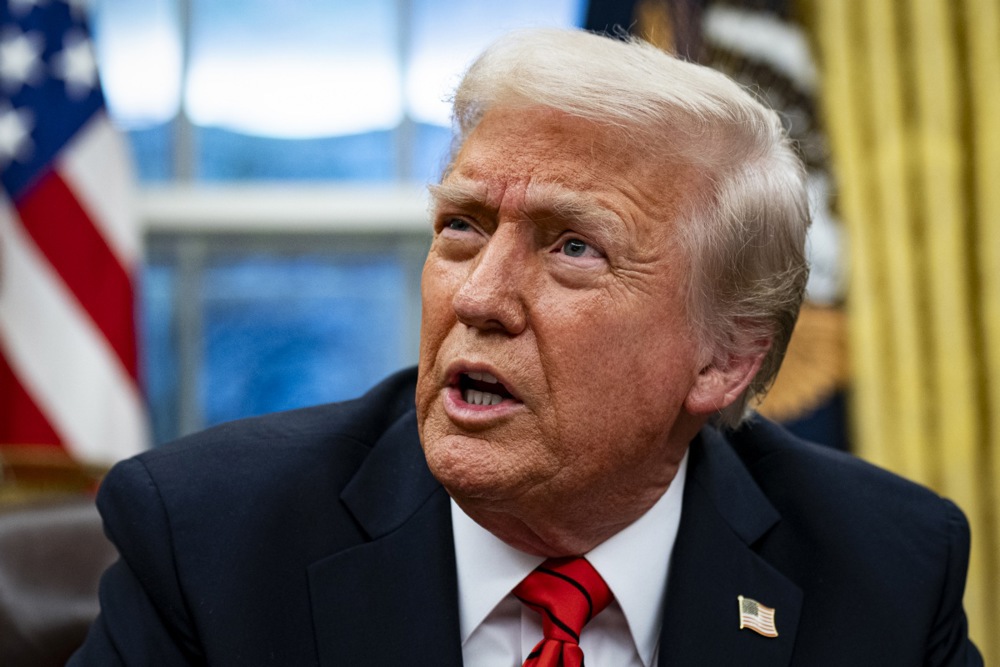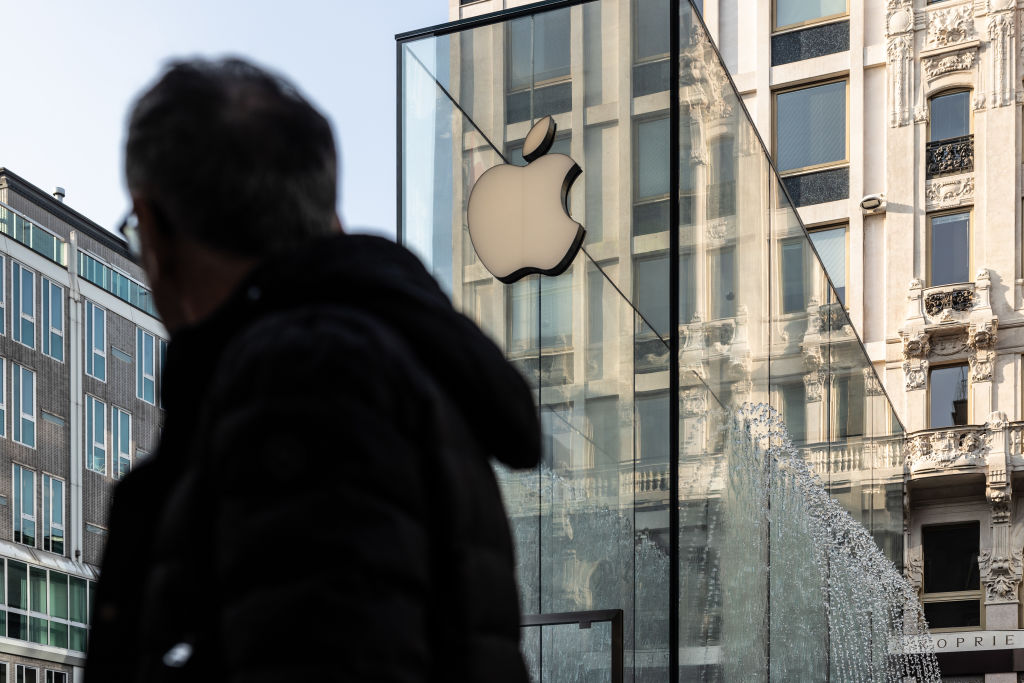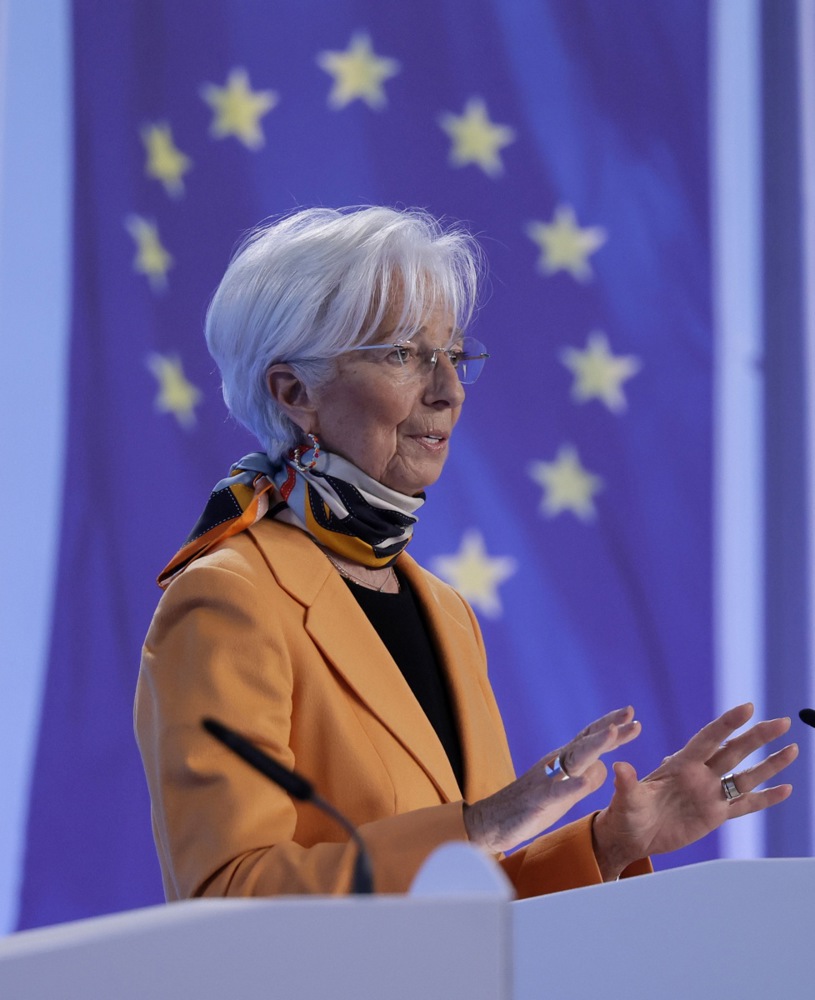The EU plans on reinforcing trade within its own member states and with third parties such as China, in response to ongoing economic tensions caused by US policies towards the bloc.
The day before a US massive wave of reciprocal tariffs is set to be announced, the EU declared being ready “to take firm countermeasures”, wanting to “unchain the single market” and aiming for a “negotiated solution” while “diversifying our trade with other partners”.
“Europe did not start this confrontation … We have the strength to negotiate”, said European Commission President Ursula von der Leyen, during her speech at the plenary session of the European Parliament in Strasbourg on April 1st.
Von der Leyen made it clear that the commission is emphasising diplomacy and negotiations in response to the tariffs announced by US President Donald Trump, while at the same time stressing the fact that the EU “has the power to push back”.
To this end, the EU has already announced retaliation tariffs, alongside the possibility of using other legislative tools, such as its anti-coercion instrument.
The instrument sets out a framework for EU action against alleged economic coercion from any country in line with public international law.
In von der Leyen’s speech, two other responses to US trade policy were brought to light: not relying on exchanges with the US both by doing more trade internally and externally.
Internally, von der Leyen said the EU will “double down” on its single market. Citing former European Central Bank President Mario Draghi, she said that “high internal barriers are far more damaging for growth than any tariff”.
This echoes a call for more intra-EU trade integration made by current European Central Bank President Christine Lagarde in March. “The single market was born to tear down barriers between our countries” she said.
But besides improving trade exchanges between EU members, there is another route the EU appears to be taking in order to diversify from the US in term of trading partners – and this route goes East.
Economic ties between the EU and China are tightly intertwined with both US-China relations and EU-US relations.
About a year ago, the commission started a de-risking strategy from China. Von der Leyen said when she was announcing the strategy, it would mean “reducing critical dependencies and vulnerabilities, including in EU supply chains, and diversifying where necessary, though while stressing it would only concern strategic sectors – so no full decoupling strategy, where all ties would be cut.”
Also “at the same time, recognising the importance of maintaining open communication channels, the EU continues to pursue cooperation with China at both bilateral and multilateral level”.
The EU has since launched investigations into multiple Chinese industries and imposed tariffs on various Chinese goods, which are still in place.
At the start of 2025, the EU imposed anti-dumping duties on Chinese imports of glass fibre yarns, biodiesel, erythritol, mobile access equipment (MAE) and titanium dioxide, while extending duties on electric bicycles.
In addition to high-profile investigations, such as the one into EVs, which has already resulted in tariffs, investigations are currently underway into the Chinese companies Temu and Shein, as well as China’s dairy sector.
Maroš Šefčovič, European Commissioner for Trade and Economic Security, posted on X that it is “necessary to ensure the EU-China relationship is based on a level playing field, in terms of trade flows as well as investment, with symmetrical markets opening”. He concluded a meeting with his counterparts in Beijing last week.
In spite of the fluctuations in China-EU relations, the economic and trade cooperation between the two sides has continued to develop. The EU seems to see China as an alternative to the US, even while being in a de-risking strategy towards China, and “not towards the US”.
Indeed, earlier in March, Von der Leyen said that even as “decades-old certainties are crumbling” in Europe’s relations with other countries, there’s no reason to de-risk the bloc’s relationship with the US.
Despite repeating today that Europe is “utterly disheartened by the announcements from the US”, the EU continues to express a will for discussions with the US and for finding a common ground.
“The goal is a ‘negotiated solution’ once the reciprocal tariffs are announced tomorrow”, said the commission president on April 1.
A day earlier, Polish Prime Minister Donald Tusk posted on X that Trump should “think about it” before imposing April 2 tariffs, “cooperation is always better than confrontation”.
The mismatch between the three blocs makes this situation complex. As April 2 was approaching, EU leaders were calling the US not to go on with their plan tariffs, while at the same time putting efforts towards the relation with China, towards whom Trump is hostile.
Last month, Trump imposed additional duties on China, asked European semiconductors producers to introduce new restrictions on exports of advanced chips to China, and signed memorandums aimed at encouraging potential investors in the United States to cut ties with Beijing.
The EU, in the middle of that, could see current steel, cement and wood exports from China to the US being redirect towards Europe. China’s overcapacities add another layer of complexity to this situation, as “Chinese demand for these products has fallen as a result of the halt in property construction” a report reads.
Both Europe and the US have been complaining that Chinese authorities were not doing enough to address its weak demand crisis, which is impacting the trade balances between China and both blocs.





